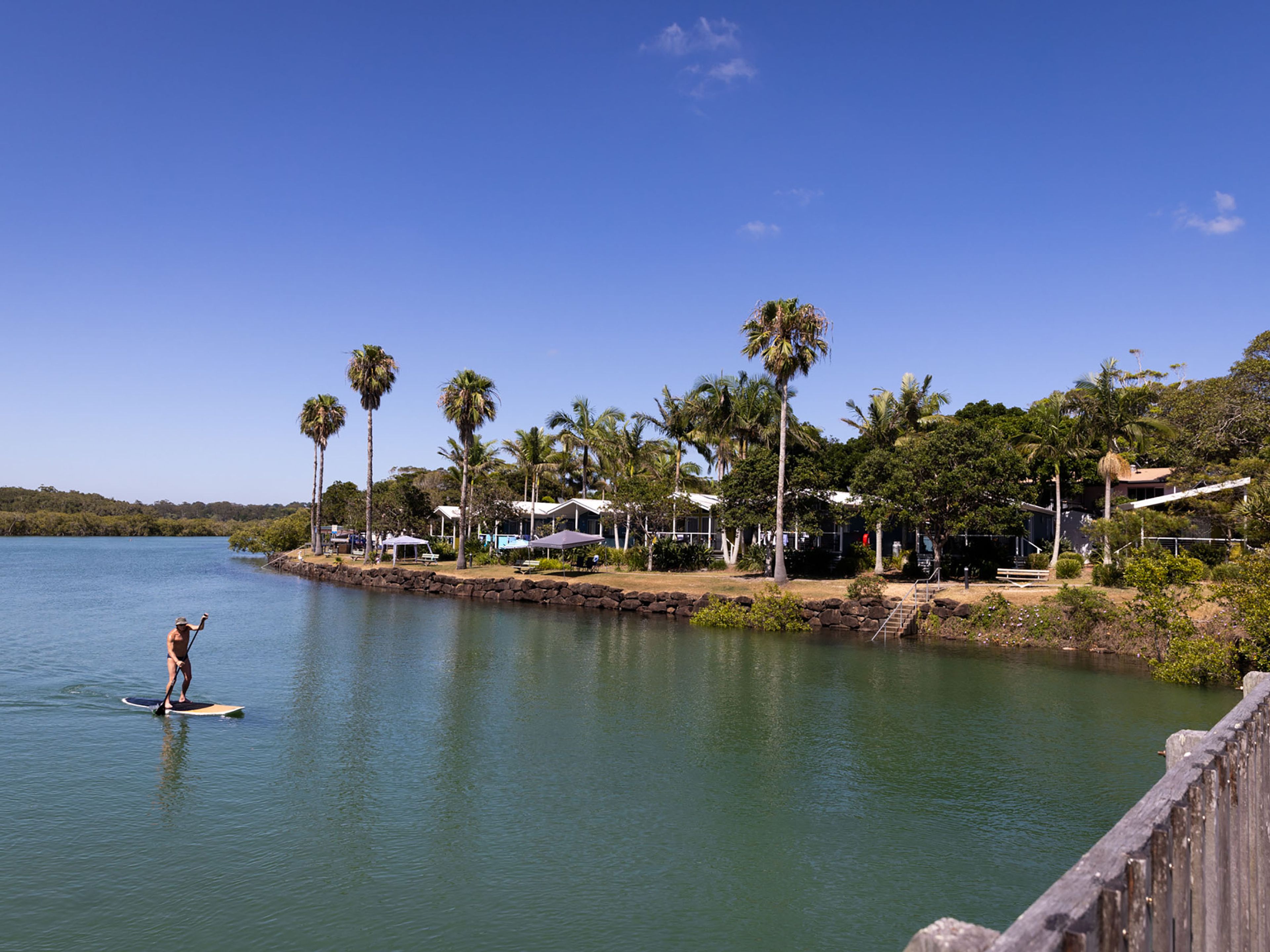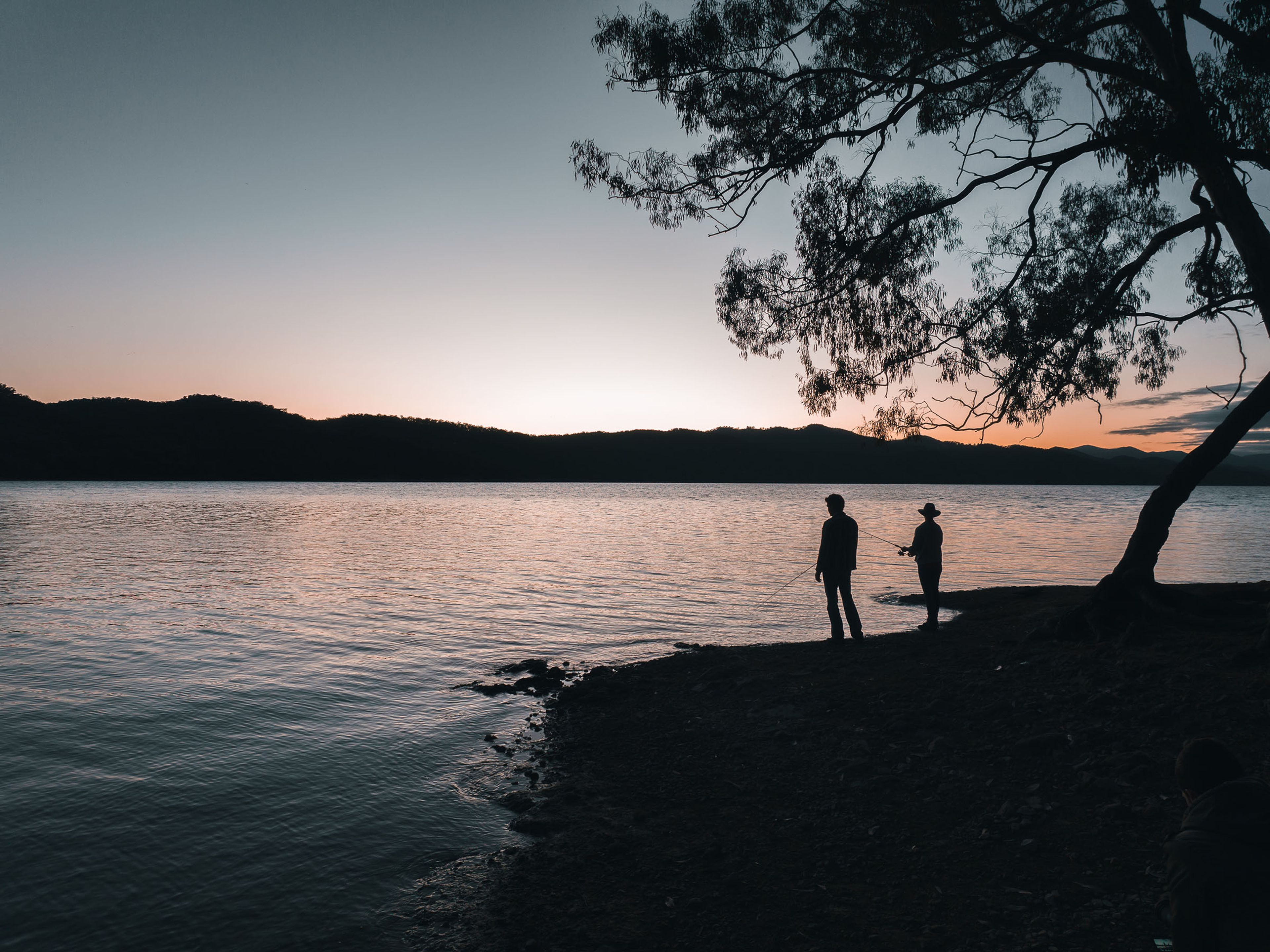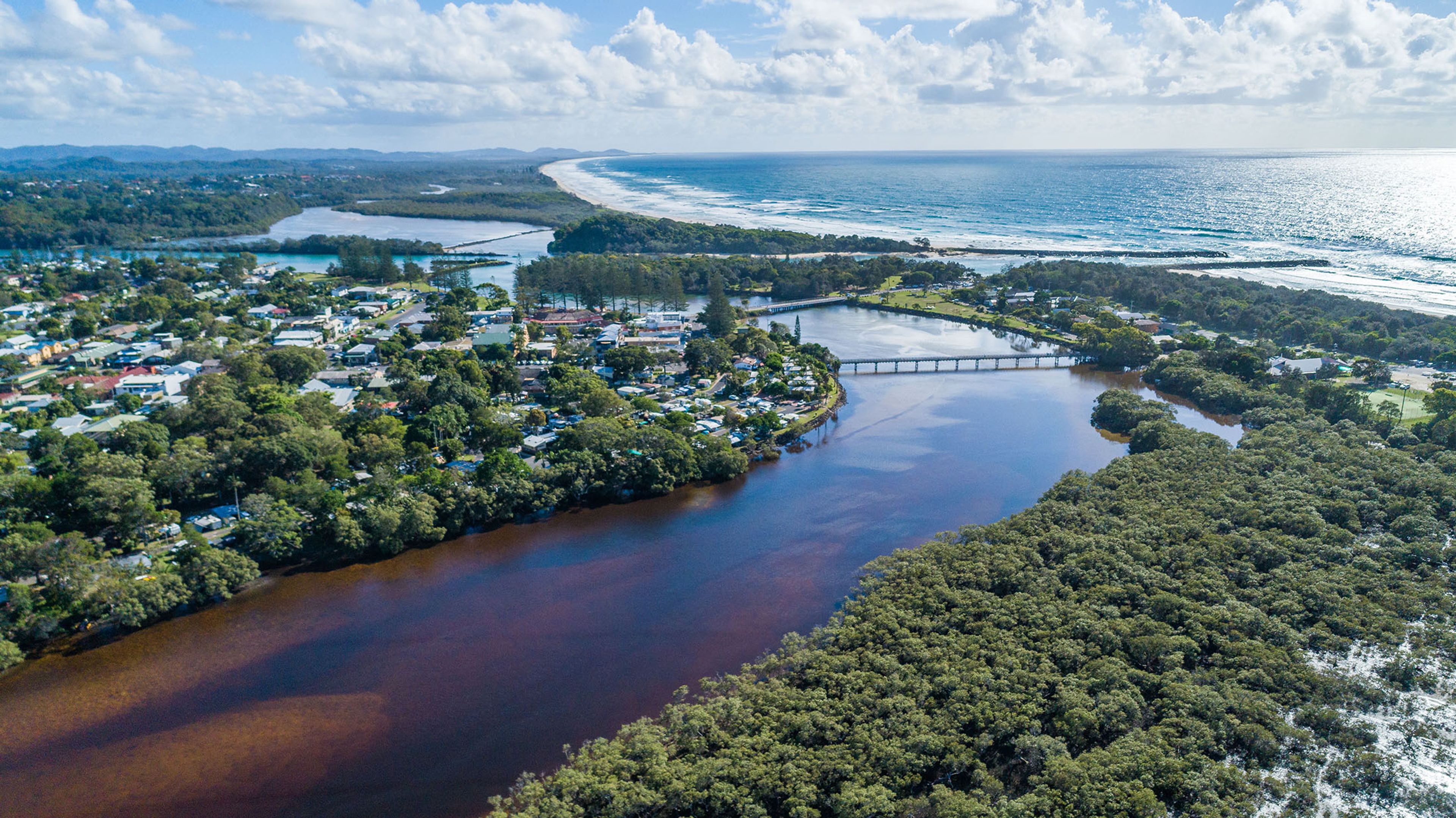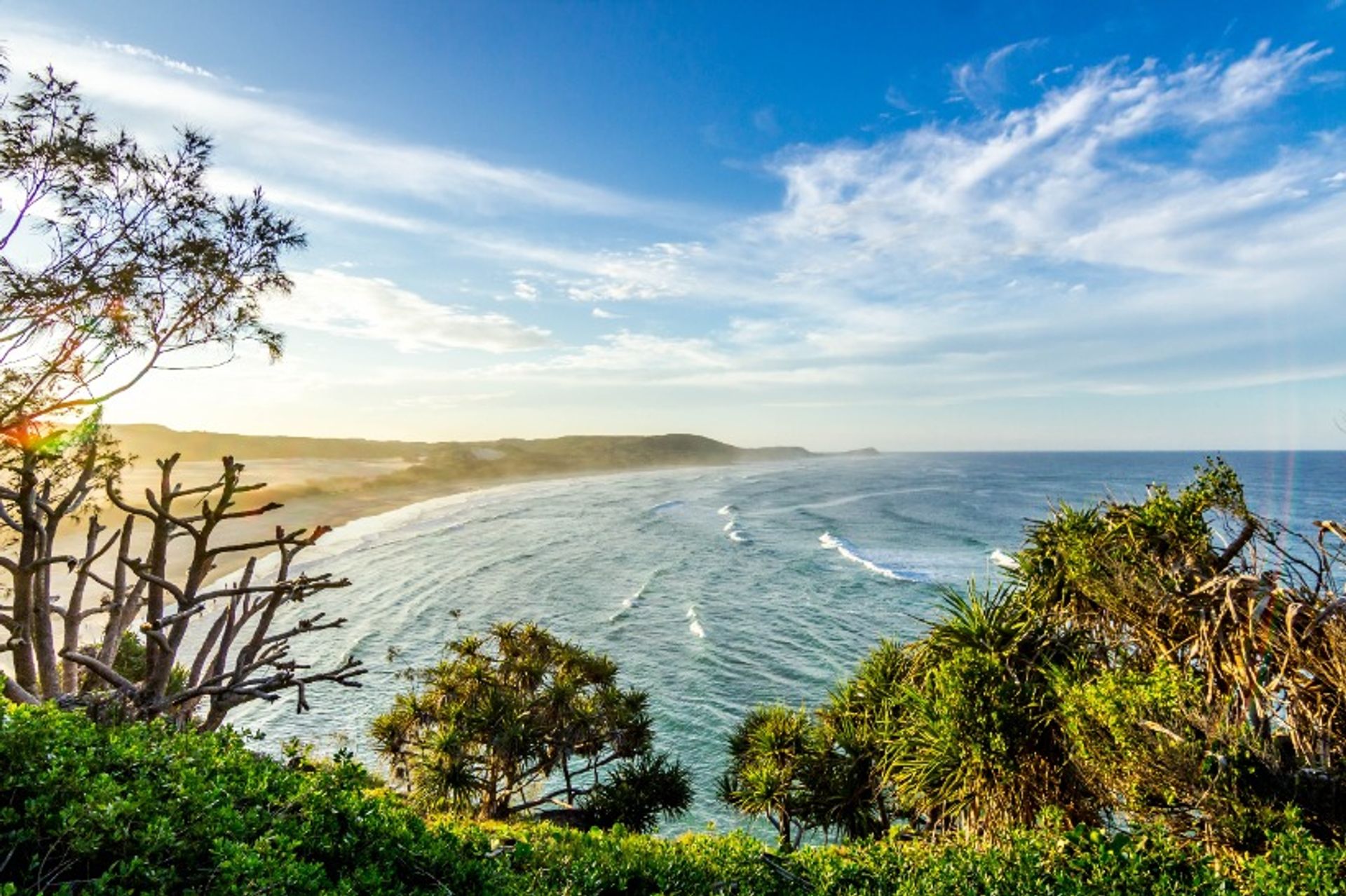
But here’s a tip: it’s even better if you know which constellations to look for, and this depends on when you’re travelling. Due to the earth’s rotation, the positions of constellations change from month to month. Some winter constellations are almost completely absent in summer, for example.
Here’s our guide to some of the easiest (and most interesting) constellations to spot by season when you’re staying at a Reflections Holiday Park.
Spring: a ‘starring’ role for these constellations
- Crux (Southern Cross): Let’s start with an old favourite … the Southern Cross. This constellation is seen in the southern hemisphere all year round and is famously used as a navigational tool to mark south. It’s also an easy one to spot; look for the four bright stars in the shape of a kite.
- Pegasus: Pegasus, named after the famous winged horse in Greek mythology, is best seen in spring. To find this constellation, look for ‘The Great Square of Pegasus’, four bright stars which represent his body. The constellation’s brightest star Epsilon Pegasi (or ‘Enif’) indicates the horse’s muzzle.

Summer: a happy hunting ground for stargazers
- Orion and Orion’s Belt: Otherwise known as the saucepan, the three stars of Orion’s Belt (and indeed the rest of Orion) are clearly visible in summer. This constellation was named after Orion, a hunter in Greek mythology. Once you’ve spotted his belt, look for the red giant star Betelgeuse (often called ‘beetle-juice’) which marks Orion’s shoulder.
- Canis Major (the great dog): What does every great hunter need? A faithful hunting companion by his side. That’s the story behind Canis Major (Latin for ‘greater dog’), the constellation that follows Orion through the sky. Canis Major also contains ‘Sirius’, the brightest star in the sky and also known as the ‘dog star’.
Autumn: some famous zodiac constellations
- Leo (the lion): One of the most famous constellations, Leo can be seen in late summer and autumn. Leo represents the vicious lion killed by the mythical Greek hero Hercules. The constellation looks like a crouching lion (albeit an upside down one for us down under!), with six stars in the shape of an upside-down question mark representing his head.
- Gemini (the twins): Another zodiac constellation, Gemini can be seen from December to May. This constellation refers to the twin brothers Castor and Pollux in Greek mythology. Their heads are illustrated by two bright stars, suitably named Castor and Pollux. However, despite their twin status, these stars are quite different, with Pollux now appearing twice as bright as Castor.

Winter: rug up then look up
- Centaurus (the centaur): One of the largest and brightest constellations, Centaurus represents a centaur; a half human, half horse creature that sits just above the Southern Cross. Centaurus contains alpha Centauri, the closest star to the sun, as well as Omega Centauri; a globular cluster of a million stars over 16,000 light years away.
- Sagittarius: Sagittarius is a large constellation visible in winter. It’s also shown as a centaur (half human, half horse), but this one is holding a bow and arrow, with ‘Sagittarius’ the Latin word for ‘archer’. Look for a ‘teapot’ shape to find it (with the handle towards the east and the spout to the west) and see if you can also spot the centre of the Milky Way.
Want to know more?
The Sydney Oservatory publishes a Monthly Sky Guide that is an excellent tool for star watchers to Reflections Holiday Parks. These include a written guide (also available as a podcast) and a sky chart showing the stars, constellations and planets visible for the month ahead.
Time to shoot for the stars. Book your next Reflections Holiday Park getaway and enjoy fun-filled evenings under star-filled skies, and impress your fellow travellers with your constellation prowess!
Star-gazing holidays in New South Wales
Looking for some of the best stars on this side of the Southern hemisphere? We have you covered for some premium star-gazing locations with great accommodation options.
Stargazing at Lake Keepit
Lake Keepit Holiday Park is a great location for stargazing, being far enough away from the city lights, to see a plethora of stars in the night sky. Throw in some great powered or unpowered campsites, cabins and glamping tents for all budgets and a roaring fire in the communal firepit, and you have a star-gazing holiday to remember.
Wee Jasper nights under the stars
Wee Jasper unpowered sites offer the perfect spot to set up your tent or park your caravan and prepare to be blown away by the stars lighting up the sky.
All images supplied by Destination NSW.

There is so much to see and do in and around the quaint town of Brunswick Heads and we have the low...

Craving more time outdoors? We've got the hit list for some spectacular hikes, off the beaten track....

Looking for some of the best fishing spots that NSW has to offer? We have you covered with our Ambassador...

Brunswick Heads is a charming coastal town located in the northern river region of New South Wales, Australia....

Fishing is a hugely popular pastime in New South Wales, as the coastline and inland dams are brimming...

Nestled between the Pacific Ocean and the breathtaking Great Dividing Range, the Central Coast of New...